How to Balance a Checkbook?
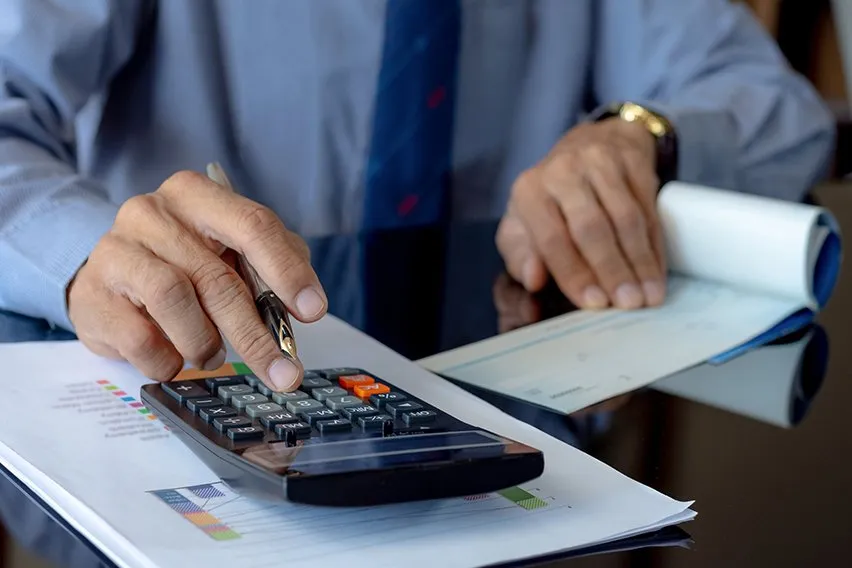
Knowing how to balance your checkbook, also known as bank reconciliation, might not be as important today as it used to be in the past. With the invention of online banking, some people might not even know how to write a check or have a checkbook at all.
It is still in your best interest to review account activity once a month to help you keep track of what you’re spending and identify errors or incorrect charges. This could save you from overdraft fees and other penalties.
To balance your checkbook you will need:
List of Transactions
Keep track of all your transactions in your register. A checkbook register, notebook or spreadsheet on your computer can all work as a register. Your list should include purchases, withdrawals, deposits and bank charges. Basically, track any activity that has passed through your bank account for the month you are balancing.
Receipts
Hold onto any important transactions receipts until you’ve balanced your checkbook for the month.
If you have online banking, you can get an up-to-date list of transactions online. Even if you do use online banking, you should still hold on to paper receipts in case of any dispute about online data.

Your Statement
Your bank or credit union should issue a monthly account statement in the mail or online. This usually lists the balance from the previous month’s statement, along with deposits, other credits, debit and check that have been cleared through the bank. It should also include your ending account balance on the date the statement was generated.
Now you can start to balance your checkbook. Here’s how to reconcile your bank account with pen and paper.
- Add up the deposits and withdrawals you have listed in your personal register, through the statement date. Be careful not to count transactions that occurred after the statement was generated.
- See if the total amounts of deposits and withdrawals in your register match the amounts on your statement.
If the amounts matched, you have balanced your checkbook.
If the amounts don’t match, double check the numbers you have inputted to verify the amounts. Look out for unfamiliar charges, such as overdraft fees, on your statement that you hadn’t accounted for in your register. If you still can’t balance the numbers on your register to your statement, you can ask your bank for an extensive review of your transactions. This review may cause your bank to charge an account research fee of about $25 an hour.
If you come across a transaction that is unauthorized or contains an error, contact your bank and find out how to get it corrected. Some of your most recent transactions might show up on the following month’s statement. Ensure you note those transactions in your personal record to avoid any surprises.
Compare your bank statements and your own records frequently to verify that you and your bank are on the same page.
This article will also discuss:
5 Tips for Maintaining Balanced Bank Statements
Why Do You Need to Balance Your Checkbook?
What Is Balancing a Checkbook?

5 Tips for Maintaining Balanced Bank Statements
You can suffer financial and sometimes legal consequences to overdrawing your account or missing a payment. You could incur hefty late fees, hurt your credit score or even be sued. Establish good record keeping habits to avoid these complications.
Here are a few tips:
1. Don’t Exclude Any Transactions
Track and enter all transactions into your register. Include tiny amounts of interest that your account may have earned and services fees the bank might have charged you. Making a practice of doing this consistently will help you avoid small discrepancies when reconciling your bank statements.
2. Record Transactions as They Happen
Don’t wait to record transactions in your register. Enter checks in as they occur or at the very least at the end of each day. Of course, receipts might come in handy later, so make sure to keep physical copies too.
3. Avoid Overdrawing Your Account
Never write a check if your account does not have adequate funds to cover it. The time it takes a check to clear varies by bank and transaction, so it is in your best interest to always know your actual account balance.
4. Use Accounting-Balancing Software
Personal finance apps such as Mint can help you keep tabs of your expenses and deposits without the hassle of tracking everything with paper and pen. Statements can be pulled from your online bank data with a push of a button. Most of these apps let you review your account activity from your smartphone for easy tracking and some even include a “balance and reconcile” feature.
5. Setup Alerts for Recurring Transaction
Avoid missing payments and incurring late fees by setting up payment notifications through your app, email or text. Make notes on your desktop calendar of when your payments are due.
Why Do You Need to Balance Your Checkbook?
When you balance your accounts, it shows you much money you actually have an available. Balance your accounts by adding all your deposits to the beginning balance for a time period and subtract it from the checks you have written, ATM and debit card transactions, cash withdrawals and bank fees. This will leave you with the end balance on a given date so that a current balance can be calculated at any time.
RELATED ARTICLES

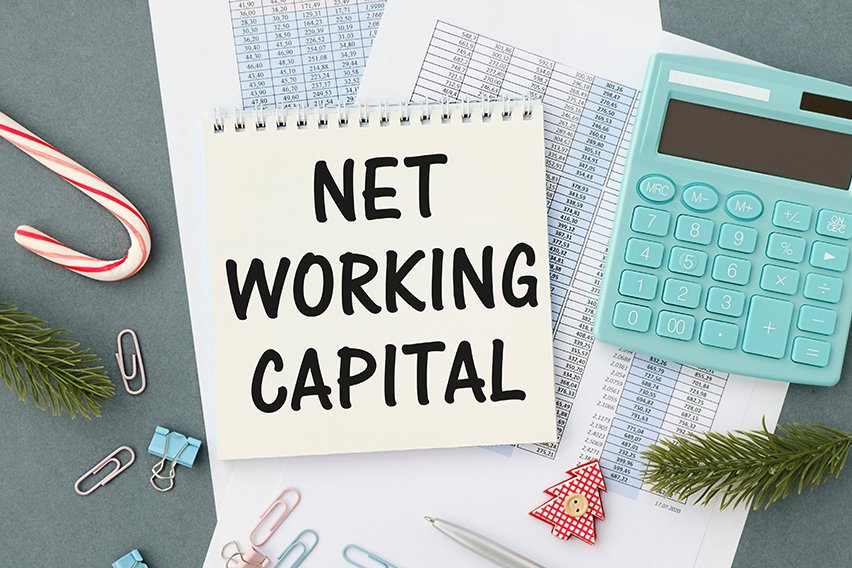 What Is Net Working Capital? With Definitions and Formulas for Small Business
What Is Net Working Capital? With Definitions and Formulas for Small Business How To Calculate Gross Profit: Formula and Example
How To Calculate Gross Profit: Formula and Example How to Calculate Total Assets: Definition & Examples
How to Calculate Total Assets: Definition & Examples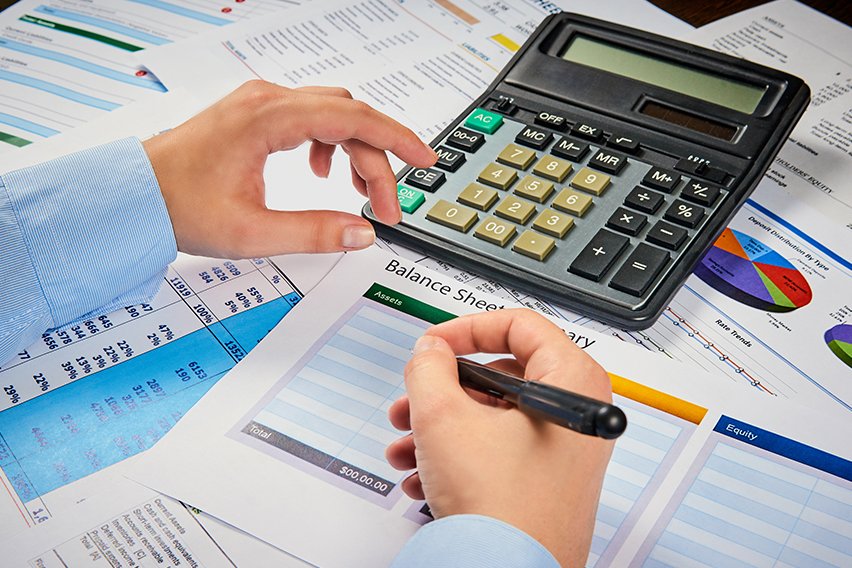 Forecasting a Balance Sheet | The Small Business Guide to Financial Forecasts
Forecasting a Balance Sheet | The Small Business Guide to Financial Forecasts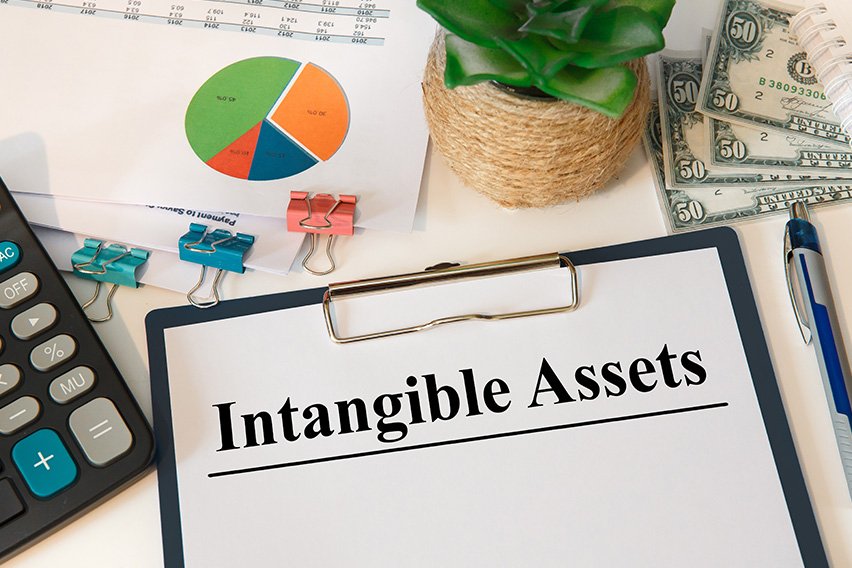 What Is an Intangible Asset? A Simple Definition for Small Business (With Examples)
What Is an Intangible Asset? A Simple Definition for Small Business (With Examples)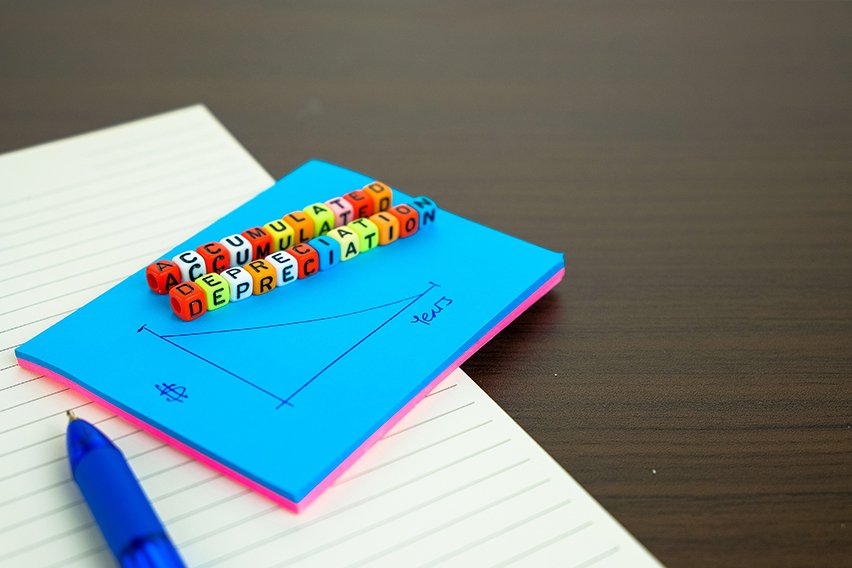 What Is Straight Line Depreciation?
What Is Straight Line Depreciation?